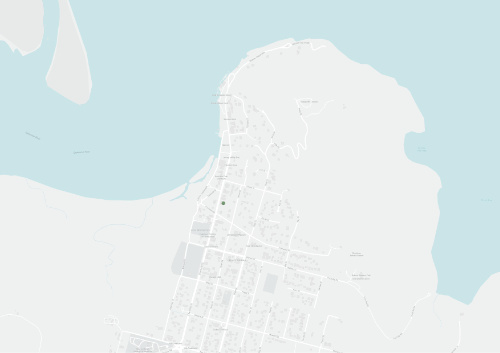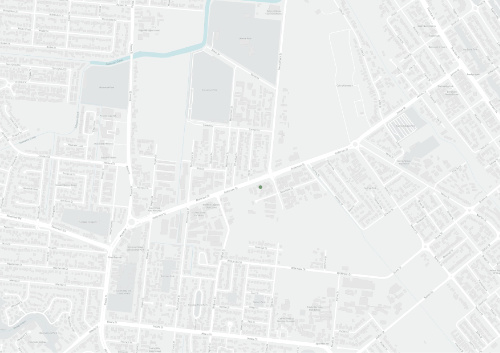Minister Enoch visits Springvale Nature Refuge
Minister Enoch visits Springvale Nature Refuge
Minister for Environment and Science Leeanne Enoch visited the former Springvale cattle station in Cape York on August 29 to view environmental works including weeds management, aerial and ground burning sites, and boundary fencing.
She met with representatives from Queensland Parks and Wildlife, the Yalanji Joint Venture Aboriginal Corporation and Cape York NRM who are all working on environmental projects on the property.
‘This work is being carried out as part of the Palaszczuk Government’s nearly $6 million commitment to the station,’ Ms Enoch said.
‘Our Government purchased the 56,000 ha property in 2016 and have since converted it into a nature refuge.
‘The property is home to a range of threatened species, such as the Cooktown Orchid, Brown Antelope Orchid, Northern and Spotted-Tailed Quoll and Southern Cassowary.
‘It also has high biodiversity and terrestrial ecosystems which is why we are investing in protecting and rehabilitating this property, including identifying and treating weed species such as Hymenachne, Para and Gamba grass, and Rubber Bush, managing and preventing fires, excluding cattle and remediating gullies to reduce sediment run off into the Normanby River system and ultimately the Great Barrier Reef.’
Yalanji Joint Venture (YJV) CEO Liam O’Neil, who is managing the joint Cape York NRM, YJV and Griffith University Springvale Station West Normanby Distal Gully Demonstration Site - Normanby Basin project on the property, said he was in the process of ensuring cultural heritage clearances are in place which will in turn enable gully remediation earthworks to begin.
‘This is important as Springvale Nature Refuge has a high concentration of culturally significant sites,’ Mr O’Neil said.
‘We will work with the Queensland Government and Traditional Owners to preserve cultural heritage significance for future generations and ensure all stakeholders understand the significance of this before remediation works are started.’
Traditional Owners will be trained to plan and implement gully remediation works and will earn accreditation from Griffith University as they progress the project.
‘One of the major problems encountered is a lack of practitioners that have the experience necessary to remediate large gully complexes on the Cape,’ said Cape York NRM Acting Principal Program Manager Michael Goddard.
‘This project allows Cape York Natural Resource Management, Griffith University and Yalanji people to share learnings from previous gully projects and work together to build local capacity to remediate erosion.’
When the Queensland Government bought Springvale Station in 2016, a significant amount of sediment was running off the station, into the Normanby basin, and out to the Northern Great Barrier Reef.
‘This project aims to substantially reduce the amount of sediment flowing into the Normanby, and as a result, improve water quality in the Northern Great Barrier Reef,’ Michael said.
The Springvale Station West Normanby Distal Gully Demonstration Site – Normanby Basin project is funded by Queensland Government's Natural Resources Investment Program

